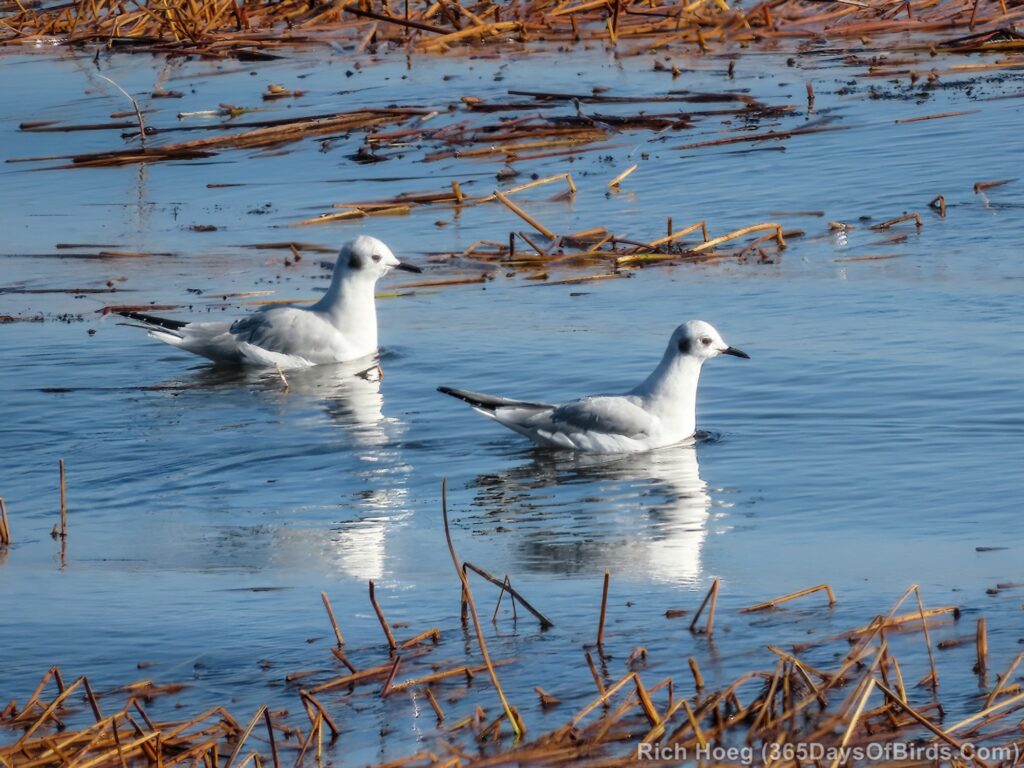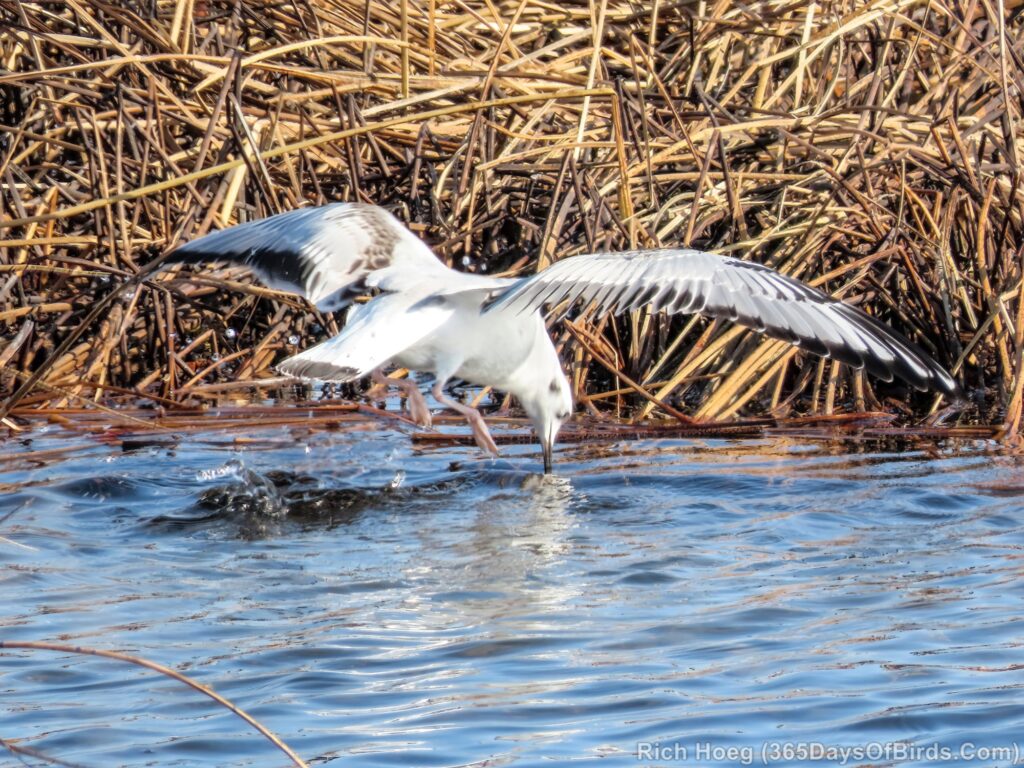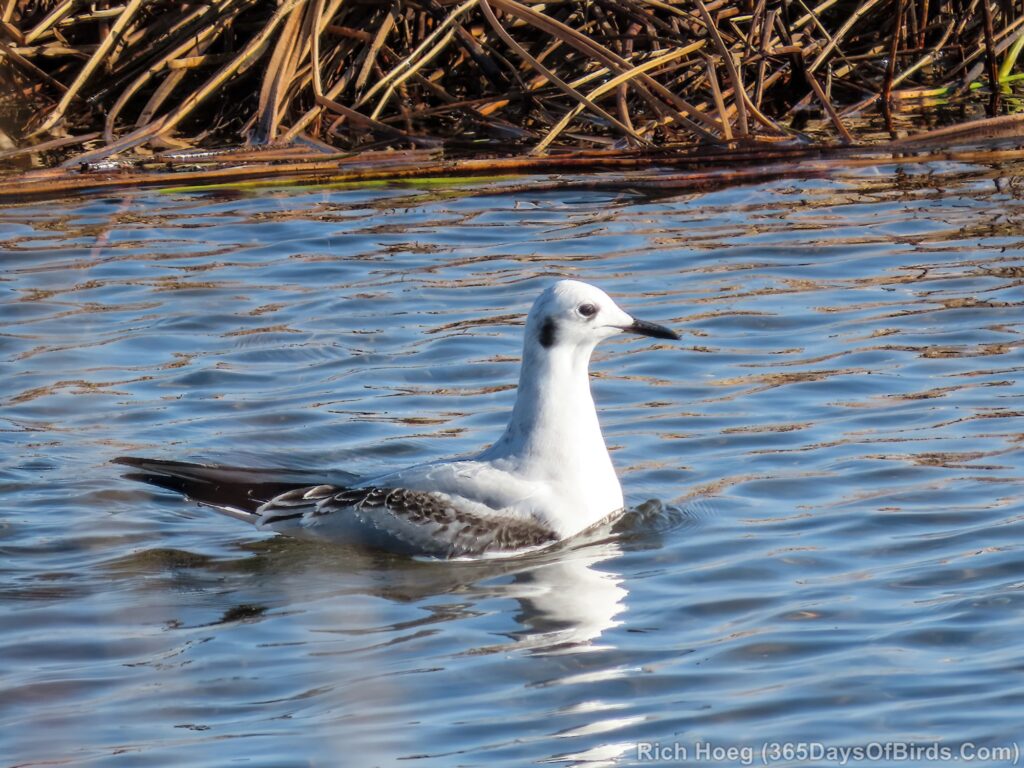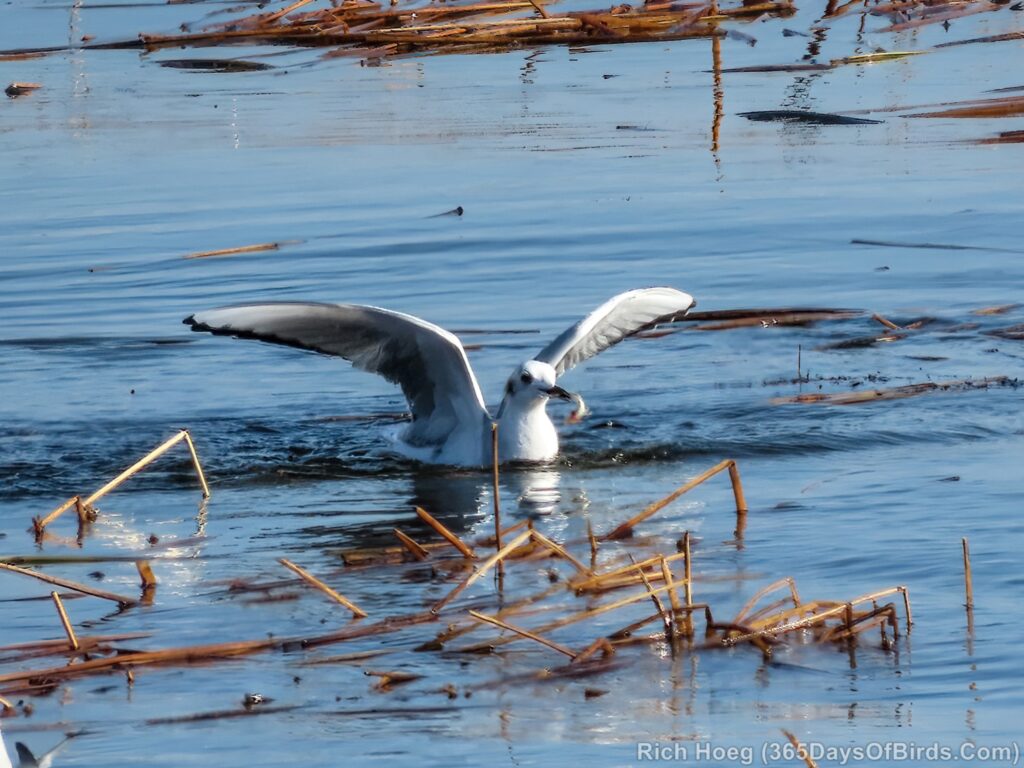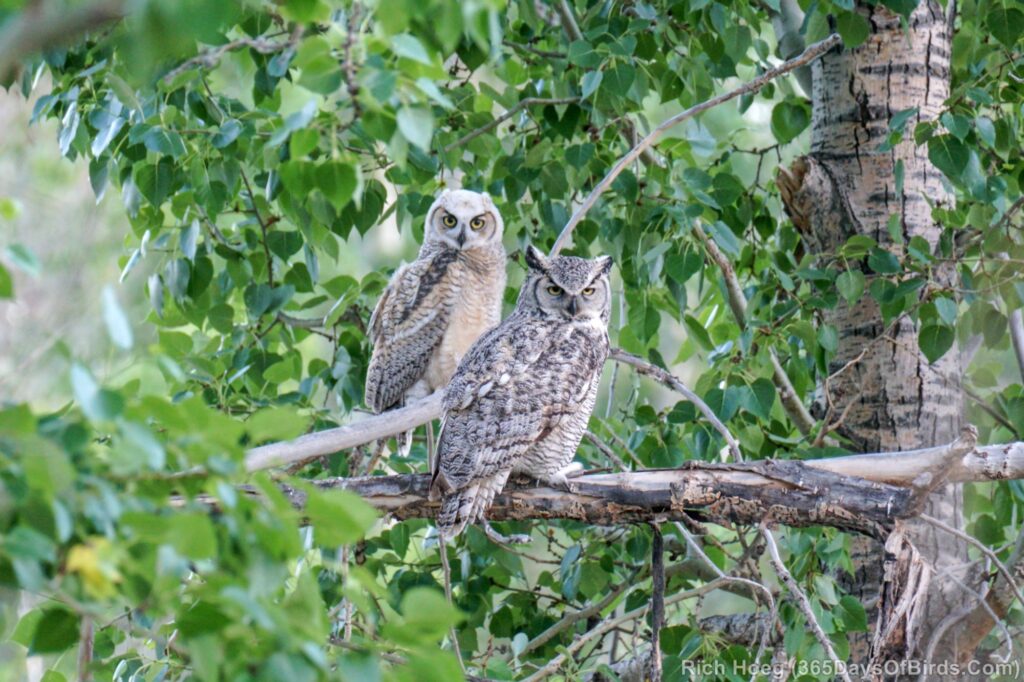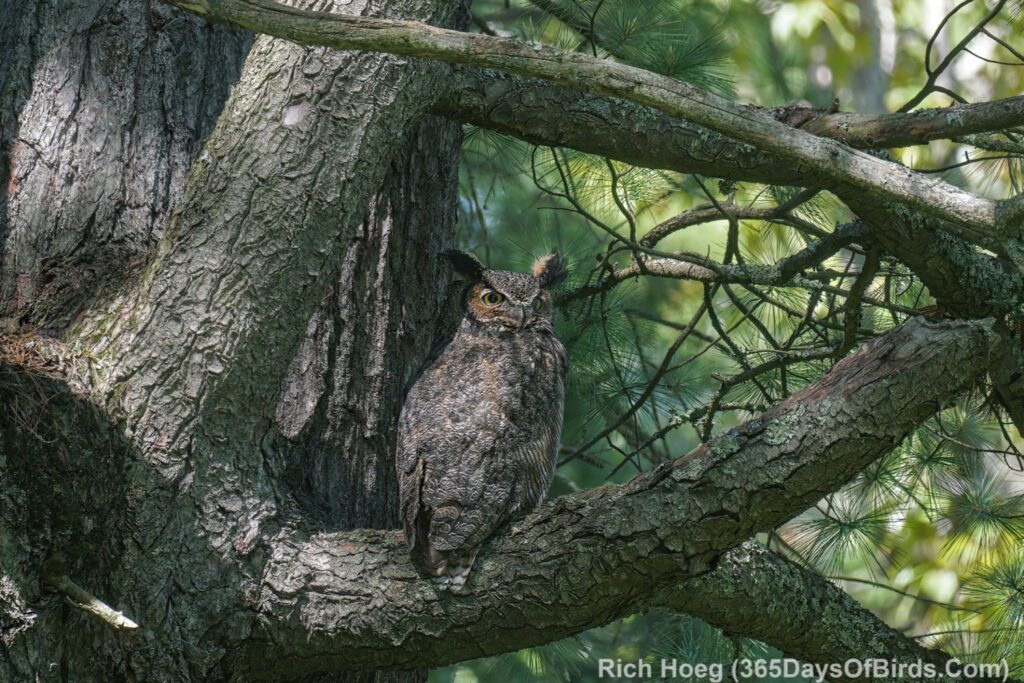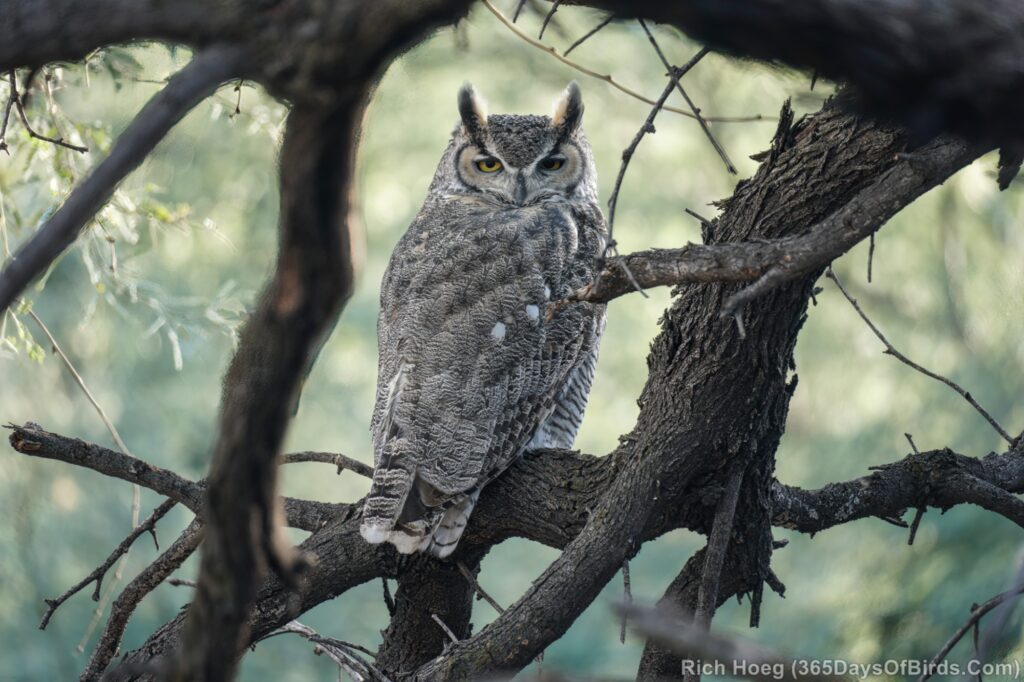50 mph wind gusts and strong rain considers even the most persistent birder like myself to hang out in the house. I didn’t even get out of bed till 6:30 am! My only social item today is to meet friends at the Pickwick Restaurant (Wikipedia Link) at 5:30 pm. This venue has been open since 1888, and my parents first took me to the Pickwick at the age of around 4 or 5 around 1960. Thus, I have been frequenting this restaurant for over 65 years. Uff Dah! If you are visiting Sax-Zim Bog or the North Shore for birding, I recommend the Pickwick.
Image from Open Table … not my own
Now some birding information. This winter is setting up to look excellent for both winter birding and owls. While the Winter Finch forecast was actually not real good, the results are indicating otherwise. 1000’s of Redpolls have been reported flying past Duluth’s Hawk Ridge over the past two days. In addition lots of Crossbills have been reported. I know all three species (Red and White-Winged Crossbills plus Redpolls) have been in my yard.
On the owl front this year is predicted to be an irruption year of birds from north of the border. The number of Boreal Owls banded at Hawk Ridge, Wolf Ridge and Whitefish Point exceeds all past counts. Expect to see some of these little guys in January. In addition, unlike last year, there are already a decent number of Snowy Owl reports. One big difference is there is snow on the ground west and north of Winnipeg to drive raptors south. Last year the extended region was snow free on the ground. I found myself hiking into the Greenwood Bog in February. There was only a dusting of white stuff on the ground when normally the snow cover should be measured in feet.
My available time this morning allowed me to catch up on bird images. First on the docket is this photo of a Woodhouse Scrub Jay which I saw at the Oracle, Arizona town park. If you are vacationing or live in Tucson, the small town of Oracle a bit north of Oro Valley is worth birding.
Woodhouse Scrub Jay (Although this jay is nor rare, it is only my second even lifetime sighting. I just don’t hang out often in the right SW dry highland habitat.)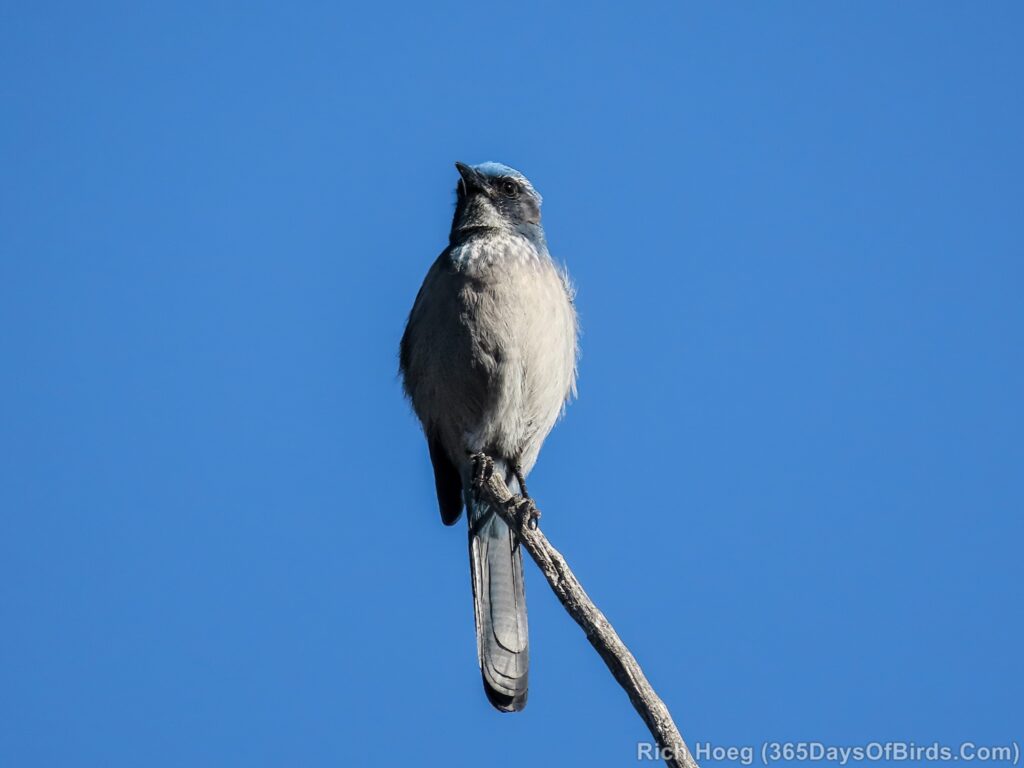
And a few more images of last weekend’s migrating Bonaparte Gulls.